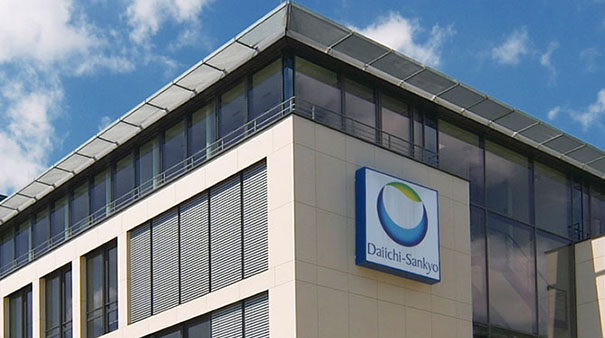Daiichi Sankyo takes option on diabetes stem cell start-up

Japan’s Daiichi Sankyo has joined an open innovation research initiative that will try to develop a therapy for type 1 diabetes based on insulin-producing cells.
The drugmaker has teamed up with Tokyo Institute of Technology for the project, which has financial backing from Mitsubishi UFJ Capital. The research programme will be conducted by a newly-formed company called OiDE BetaRevive, with Daiichi Sankyo taking an option to buy the firm outright if it passes the proof-of-concept stage.
The aim is to convert stem cells into beta cells found in the pancreas – the cells responsible for producing insulin – and using them as an alternative to lifelong insulin therapy for patients with type 1 diabetes.
Tokyo Tech and Daiichi Sankyo have together developed a technique that can produce beta cells from human induced pluripotent stem cells (iPS) cells at a high rate, and OiDE BetaRevive will now try to improve the performance and manufacturing process and develop ways to use the cells as a regenerative medicine for diabetes.
Daiichi Sankyo has set an initial timeframe of three years to get the project off the ground, and if successful will purchase all the stock of OiDE BetaRevive in order to continue the project on its own. If a product based on the system reaches the market Tokyo Tech will be in line for royalties on sales.
At the moment, most patients with type 1 diabetes have to be managed using lifelong insulin injections, and in some people these are not enough to provide good control of blood glucose, leading to side effects and progressive complications such as kidney damage, neuropathy and cardiovascular disease.
Another treatment option is a procedure known as islet cell transplantation, which involves harvesting insulin-producing cells from the pancreas of a deceased donor and implanting them in the liver of someone with type 1 diabetes.
A shortage of donors means that this is reserved only for patients who suffer multiple bouts of low blood glucose (hypoglycaemia) and find it hard to spot the symptoms, and in general the procedure doesn’t provide more than short-lived relief from the need for insulin injections.
Meanwhile, the first artificial pancreas – based on a sensor that monitors glucose levels and delivers insulin using a pump – was launched in the UK in 2015 by its developer Medtronic, and other devices are in development.
A stem cell-based system could have the advantage of being implanted rather than worn on the body, but there are still plenty of challenges to overcome before beta cells can be used as a therapy for type 1 diabetes. One major challenge is figuring out how to prevent the immune system from rejecting the implanted cells.
Other companies developing beta cell-based therapies for diabetes include Semma Therapeutics, which raised $114 million to take its programme forward at the end of 2017, ViaCyte which has a candidate heading for phase I/II trials, and Sigilon Therapeutics/Eli Lilly.












